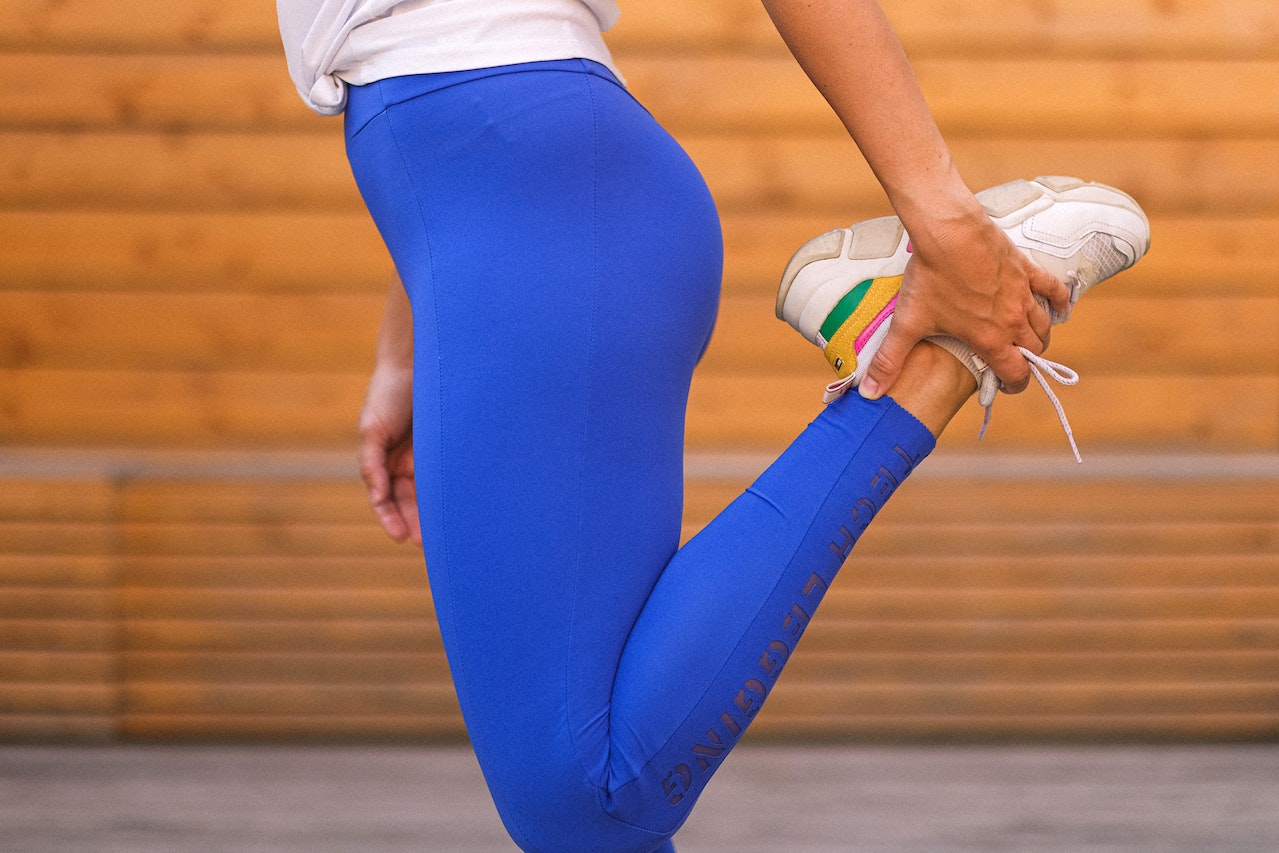Are you facing a calf trigger point? It’s when a person walks and runs, and feel all tight and tense muscles in calf. Trigger points in the calf are the most common source of discomfort and pain. It affects the activity levels of individuals of all ages. These trigger points in the calf result from various factors such as muscle overuse, injury, or poor posture. Today, we are providing the solution to how to release trigger points in the calf. Let’s find out treatment methods for relieving calf trigger points and promoting a pain-free lifestyle.
What Causes Calf Trigger Points?
Trigger points are highly main areas of muscle tension and tightness. They felt like nodules or knots within the muscle fibers. These points are actually often sensitive to touch and cause pain in the body. The cause of these trigger points can be due to
- Walking or running more than normal
- Poor posture
- Repetitive strain
- Muscle fiber contraction
- Emotional stress
- Metabolic waste
- Sensitivity of muscles
- Accumulation of metabolic waste
- Dysfunction in the neuromuscular junctions
These are some common causes of calf trigger points. We can effectively treat and manage them for improved muscle health and overall well-being.
What Are Calf Trigger Point Symptoms?
Trigger points in the calf have various symptoms indicating their presence and impact on muscle function. Some common symptoms associated with calf trigger points include:
-
Localized Pain
Trigger points often cause pain in specific areas of the calf muscle. The pain range from a dull ache to a sharp, intense sensation.
-
Tenderness
Tenderness or sensitivity can be felt when pressure is applied to the trigger point. Usually, it is uncomfortable or painful to touch or assess the affected area.
Trigger points can lead to increased muscle tension and tightness in the calf. This results in stiffness or reduced flexibility, making it challenging to move the calf freely.
-
Restricted Range Of Motion
Trigger points can limit the normal range of motion in the calf muscle. Movements such as flexing or extending the foot or walking may cause discomfort.
-
Referred Pain
Trigger points in the calf can cause pain. Common referral patterns include pain that travels down the back of the leg or into the foot.
-
Muscle Weakness
In some cases, trigger points can lead to muscle weakness or imbalances in the calf. This affects the overall strength and stability of the lower leg and foot.
-
Abnormal Sensations
Trigger points causes abnormal sensations, such as tingling, numbness, or a pins-and-needles sensation in the calf or other areas connected to the affected muscle.
How To Release Trigger Points In Calf? – Techniques For Releasing Calf Knots
Regarding releasing trigger points in the calf, several effective techniques can be utilized to alleviate pain and promote muscle relaxation. Here are some common methods for how to release calf trigger points?
Self-Massage
- Apply firm pressure with your fingers, thumbs, or palm. You can also use a massage ball on the trigger points.
- Use circular motions or long strokes to massage the affected area.
- Gradually increase the pressure as tolerated, focusing on releasing tension and promoting blood flow.
Stretching Exercises

- Perform calf stretches to lighten the muscles and relieve tension.
- Common stretches include the calf wall stretch, seated calf stretch, and downward dog pose.
- Hold each stretch for 20-30 seconds and repeat multiple times.
Heat And Cold Therapy
- Apply a warm compress or take a warm bath to relax the calf muscles and increase blood circulation.
- Alternatively, use a cold pack or ice wrapped in a towel to numb the area and reduce inflammation.
- Apply heat or cold therapy for 15-20 minutes at a time, several times a day as needed.
Foam Rolling
- Use a foam roller to apply pressure to the calf muscles.
- Slowly roll back and forth over the trigger points, pausing on any areas of tenderness.
- Maintain steady pressure on each trigger point for about 20-30 seconds before moving to the next.
Acupressure Points For Triggered Calf
Acupressure involves applying pressure to specific points on the body to promote healing, relaxation, and give pain relief. Here are a few acupressure points that can be targeted to release tension and alleviate discomfort in the calf:
Bigger Stream (K1)
- It is located on the sole of the foot, between the second and third toes.
- Apply firm pressure using your thumb or knuckle.
- Massage in a circular or back-and-forth motion for 1-2 minutes.
Three Yin Crossing (SP6)
- This point is on the inside of the lower leg, about four finger widths above the ankle bone.
- Apply gently to moderate pressure with your thumb or fingers.
- Massage in a circular motion for 1-2 minutes, gradually increasing the pressure.
Calf’s Nose (UB57)
- Situated in the middle of the calf muscle, about 8 centimeters (3 inches) below the knee crease.
- Use your fingers or thumbs to apply deep pressure.
- Hold the pressure for 1-2 minutes or until you feel a release of tension.
 Commanding Middle (GB34)
Commanding Middle (GB34)
- It is located on the outer side of the lower leg, just below the knee.
- Apply moderate pressure with your thumb or knuckle.
- Massage in a circular motion for 1-2 minutes, focusing on knots
During the massage let yourself breathe deeply and relax your body while applying acupressure. Start with gentle pressure and gradually increase it based on your comfort level. If you experience any pain or discomfort, reduce the pressure or stop the acupressure session.
Prevention And Maintenance Of Calf Trigger
- Regular stretching and exercise to keep calf muscles flexible and strong.
- Maintain correct posture and body mechanics to minimize strain on the calf muscles.
- Gradually progress in exercise intensity and allow for adequate rest and recovery.
- Stay hydrated and maintain a balanced diet for muscle health.
- Use self-care practices like foam rolling and self-massage to release muscle tension.
- Practice stress management techniques to reduce overall muscle tension.
- Be aware of muscle tightness or discomfort and adjust activities accordingly.
Overall, trigger points in the calf are the source of pain and discomfort. As this is a common issue, so don’t panic. Instead try these methods and get rid of this instant pain. Take charge of your calf muscle well-being and enjoy a pain-free, active lifestyle.










1 Comment